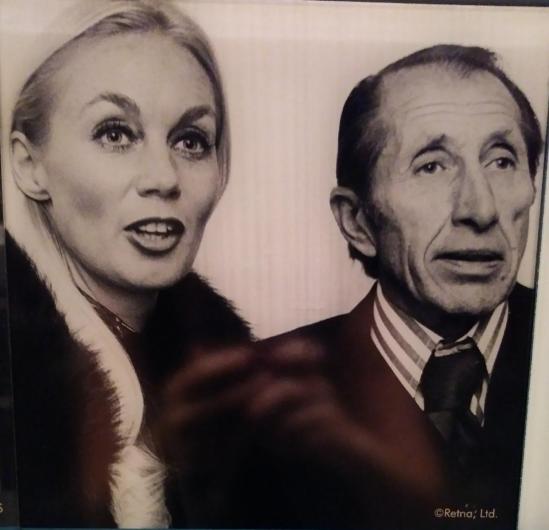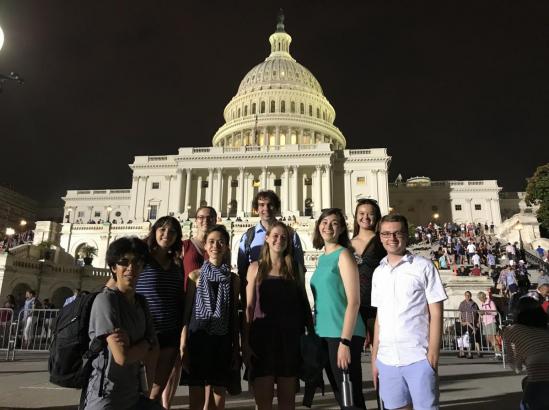Friday, July 7, 2017
By:
Five-day weekends are nice, but it just makes the two-day workweek feel so long.
Last Friday marked the beginning of my longest weekend yet in D.C. That’s because—as you’ve probably guessed—Tuesday was the 4th of July. For most of the interns, including me, this meant we got Monday and Tuesday off of work for the holiday. However, since my FYI team members decided to take Wednesday as vacation, I got that day off as well. Thus, five-day weekend!
Since the majority of my week consisted of spending time outside the office rather than working in my cubicle, I’m going to take a rare week to talk about my explorations in D.C. rather than what I learned on the job.
During my extra-long break, I took the opportunity to explore three museums on my list: the National Museum of American History, the Hirshhorn Museum and Sculpture Garden, and the International Spy Museum. The first two museums are Smithsonians so were free to visit, but the Spy Museum is privately-owned and so I had to pay an entrance fee there. However, I definitely feel it was worth the cost, all for one fact in particular that I learned.
Near the end of the exhibits, tucked back along a side corridor, is a picture of Duško Popov. During WWII, Popov was a German spy but he reported everything he learned to British intelligence. In August 1941, Popov traveled to America to reveal detailed information about a planned attack on Pearl Harbor to the FBI Director J. Edgar Hoover. However, Hoover didn’t trust Popov since he believed him loyal to Germany, so Hoover dismissed Popov and never reported the information to his superiors. On December 7, Japan bombed Pearl Harbor.
To discover America had a chance to avoid so many deaths if only Hoover had looked into the matter is heartbreaking. It makes me want to go yell at Hoover, but he’s been dead since ’72.

On July 4, a group of us interns spent the afternoon at the only appropriate place to celebrate America’s birthday: the National Archives. Housed in these walls are three very important documents: the Declaration of Independence, the Constitution, and the Bill of Rights. The room where these documents are housed was a lot darker than I expected (since the papers are sensitive to light), and I couldn’t help but feel like I was in National Treasure. Seeing these historic documents, and then watching the fireworks from the Capitol at night, definitely made this July 4 a very memorable one indeed.

Lisa McDonald
